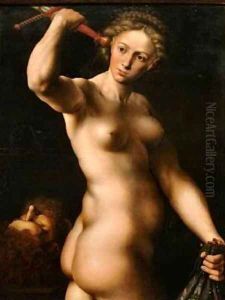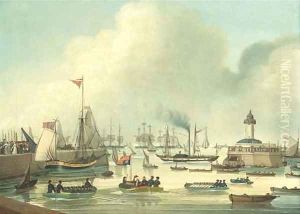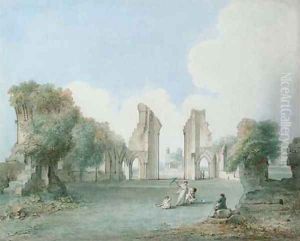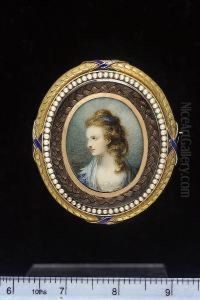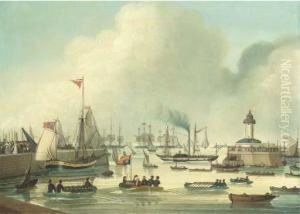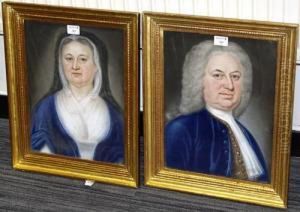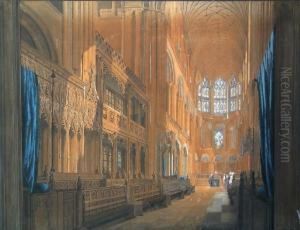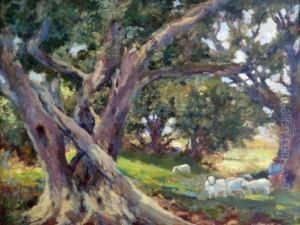Jan Sanders Paintings
Jan Sanders van Hemessen was a prominent Netherlandish painter who played a significant role in the development of Northern Renaissance art. Born in 1509 in the city of Hemiksem, then part of the Habsburg Netherlands, he is often recognized for his contributions to the genre of portrait and religious painting, as well as for his innovative approach to the depiction of human emotions and the human condition. Hemessen's work is characteristic of the transition from the late Gothic to the early Renaissance style, embodying the complexity of human nature through detailed expressions and intricate compositions.
Van Hemessen received his early training in the workshop of Hendrik van Cleve I in Antwerp, a city that was a thriving center for artists during the 16th century. By 1524, he had become a master in the Antwerp Guild of Saint Luke, an acknowledgment that marked the beginning of his successful career as an artist. Throughout his career, van Hemessen was influenced by the works of Albrecht Dürer and the Italian Renaissance, integrating elements such as proportion, perspective, and the study of human anatomy into his art.
He is best known for his religious works, including altarpieces and devotional paintings, which often featured dramatic scenes from the Bible with a focus on moral and ethical implications. Van Hemessen was also among the first Northern artists to paint scenes of everyday life, thereby contributing to the development of genre painting. His depiction of the 'Prodigal Son' and 'Surgeon' are notable examples, showcasing his skill in portraying emotions and everyday activities with a sense of realism and detail.
Jan Sanders van Hemessen's contribution to portraiture also deserves mention. He painted numerous portraits of the bourgeoisie and nobility, capturing the intricacies of their personalities and status with a keen eye for detail and a subtle use of color. His portraits are celebrated for their psychological depth and realism, distinguishing him as a master portraitist of his time.
Van Hemessen's influence extended beyond his lifetime, inspiring future generations of artists, including his daughter Catharina van Hemessen, who became one of the first female Flemish artists to gain recognition. Jan Sanders van Hemessen died in 1556, leaving behind a legacy that significantly impacted the Northern Renaissance and paved the way for future developments in European art.
